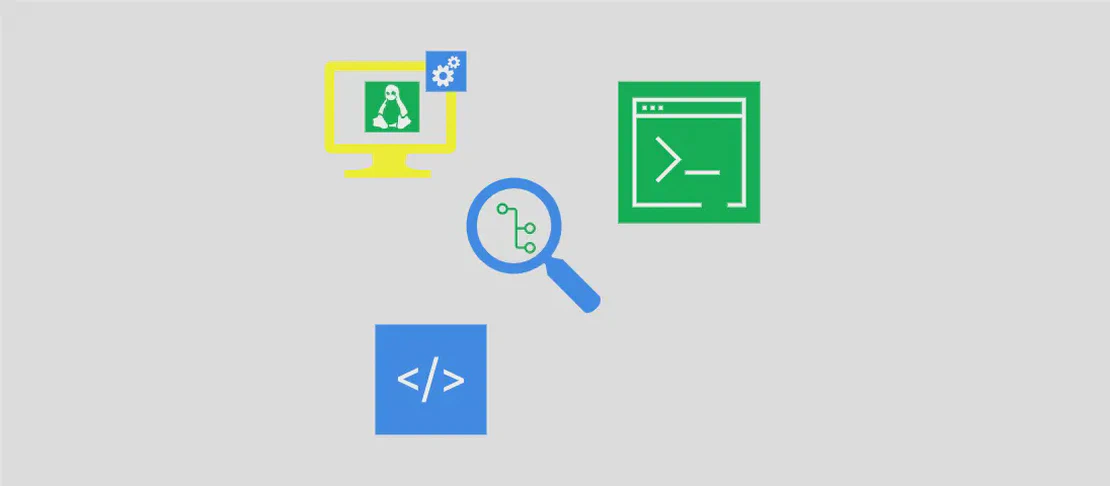
How to Use the Command `wasm-objdump` (with Examples)
The wasm-objdump command is a powerful tool designed for developers who work with WebAssembly (Wasm) binaries. It’s part of the WebAssembly Binary Toolkit (WABT) and enables users to extract and display information from Wasm binaries, which can be crucial for debugging, optimization, and understanding the structure of these binaries. This command supports displaying section headers, disassembling content, and providing detailed information about specific sections of a WebAssembly binary file.
Use Case 1: Display the Section Headers of a Given Binary
Code:
wasm-objdump -h file.wasm
Motivation for using this example: When working with WebAssembly binaries, it’s often crucial to understand the overall structure of the file. Each Wasm binary is divided into sections, each serving a unique purpose in the program’s execution. By displaying section headers, developers can get a quick overview of the entire binary, which can help in tasks like performance tuning, debugging, or even verifying the correctness of the binary structure.
Explanation for every argument:
-h: This option stands for “headers” and instructswasm-objdumpto display the section headers of the binary file.file.wasm: This is the Wasm binary file from which you want to extract the section headers. You would replacefile.wasmwith the actual path to your binary file.
Example output:
Section Headers:
Type: count: 3
Import: count: 2
Function: count: 10
Table: count: 1
Memory: count: 1
Global: count: 2
Export: count: 5
Code: count: 10
Use Case 2: Display the Entire Disassembled Output of a Given Binary
Code:
wasm-objdump -d file.wasm
Motivation for using this example: A complete disassembly of a WebAssembly binary provides detailed insights into the instructions that make up the executable code. By disassembling the binary, developers can closely examine how specific operations are executed at a low level, which is particularly valuable for debugging complex issues or optimizing performance-critical paths.
Explanation for every argument:
-d: This option stands for “disassemble” and tellswasm-objdumpto display the full disassembled output of the binary.file.wasm: This is the Wasm binary file to be disassembled.
Example output:
00003942 func[0] <_start>:
0: 01a1 get_local 0
2: 01a2 get_local 1
4: 6b i32.div_s
5: 0f return
00003950 func[1] <add>:
0: 01a0 get_local 0
2: 01a1 get_local 1
4: 6a i32.add
5: 0f return
Use Case 3: Display the Details of Each Section
Code:
wasm-objdump --details file.wasm
Motivation for using this example: Understanding the detailed contents of each section within a Wasm binary is essential for developers who want to dive deep into specific functionalities or debug particular issues within their WebAssembly applications. It can reveal detailed metadata about imports, exports, function code, and more, providing a comprehensive look into how the binary is organized.
Explanation for every argument:
--details: This option promptswasm-objdumpto display detailed information about every section within the binary.file.wasm: This is the Wasm binary file you are analyzing.
Example output:
Section Details:
Type Section: 3 entries
Function sig[0]: (i32, i32) -> i32
Function sig[1]: (f64) -> f64
Import Section: 2 entries
import[0]: env.memory: Memory{1, 1}
import[1]: env.print: Function sig[1]
...
Use Case 4: Display the Details of a Given Section
Code:
wasm-objdump --section 'import' --details file.wasm
Motivation for using this example: Sometimes, developers are interested in specific sections of a Wasm binary, such as imports, exports, or memory configurations. By focusing on a particular section, architects and developers can better understand how certain critical parts of the binary interact with their environment or other modules, which can be pivotal during integration testing or security audits.
Explanation for every argument:
--section 'import': This flag indicates that you want to extract information specifically from the ‘import’ section of the Wasm binary.--details: This further specifies that detailed information from the given section should be displayed.file.wasm: This is the binary file you are working with.
Example output:
Import Section:
import[0]: env.memory: Memory{1, 1}
import[1]: env.print: Function sig[0]
Conclusion
The wasm-objdump command is an invaluable tool for anyone dealing with WebAssembly binaries. Whether you need a high-level overview of sections, detailed insights into specific parts of the binary, or a full disassembly to scrutinize code operations, wasm-objdump offers versatile options to fulfill these requirements. Its ability to probe and elucidate the composition of Wasm files makes it an essential command in any WebAssembly developer’s toolkit.
